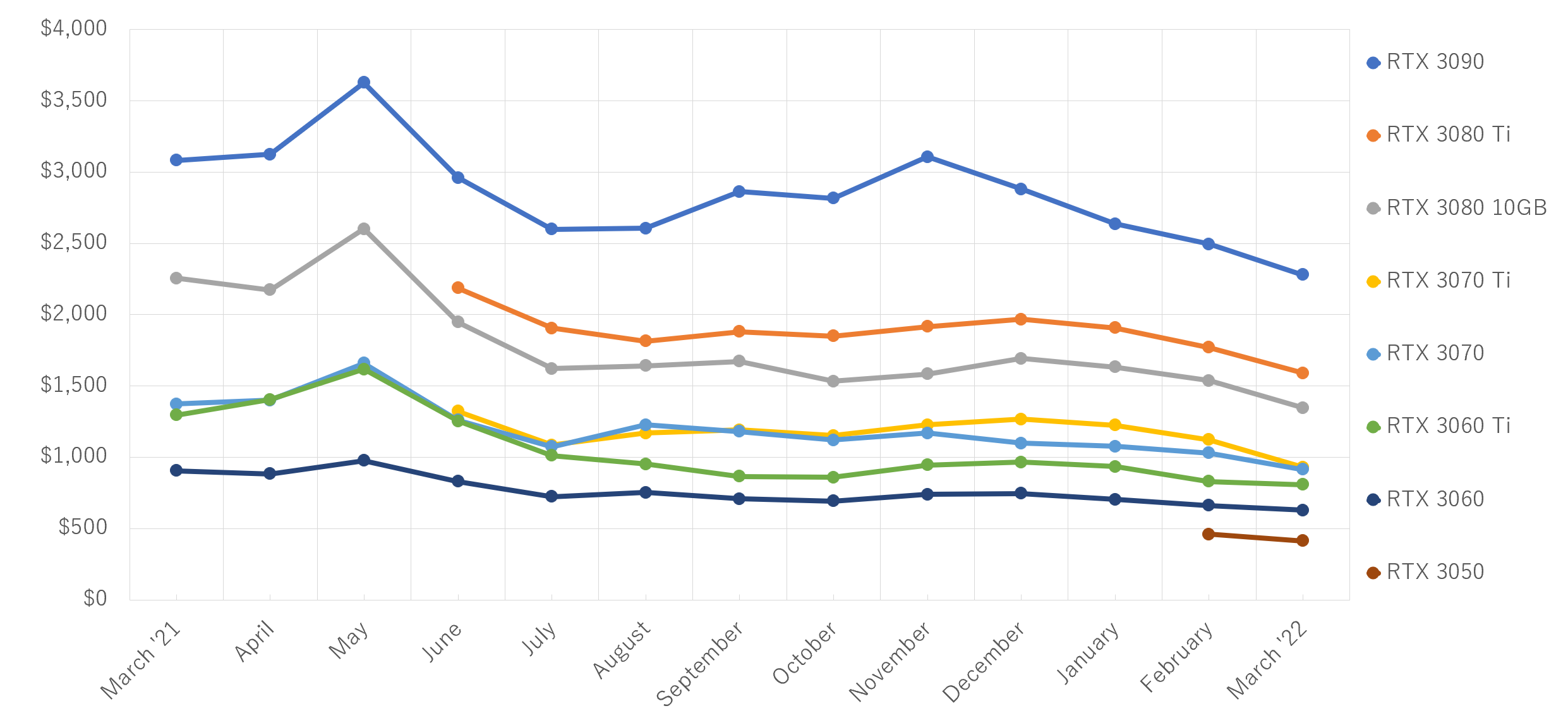When it comes to creating or improving a computer, the vital components to consider is the graphics card, often referred to as the GPU. This essential component of technology is tasked with rendering images, animations, and videos, making it essential for video games, graphic design, editing videos, and more. For novices, exploring the GPU landscape can be a daunting task, given the number of options and performance specifications available.
Grasping what a GPU is and how it influences your PC's performance is crucial to making an well-thought-out decision. Whether you're aiming to enjoy the latest titles with impressive graphics or seek a trustworthy processor for high-end projects, knowing the basics of GPUs will enable you determine the right model that satisfies your requirements and cost constraints.
Grasping GPU Types
When selecting a Graphics Processing Unit, it is vital to understand the different categories present in the Graphics Processing Unit market. The pair main categories are built-in and dedicated graphic cards. Built-in GPUs are integrated into the Central Processing Unit and share system memory, making them budget-friendly and appropriate for simple tasks such as web browsing and media viewing. However, they may have challenges with resource-heavy programs like gaming or design work. On the other hand, discrete Graphics Processing Units have their own memory and processing power, offering superior capability for high-demand tasks.

Discrete graphics units are also divided into personal and professional cards. Consumer Graphics Processing Units are developed primarily for video gaming and leisure, providing features that enhance gameplay and visual fidelity. Brands like Nvidia and Advanced Micro Devices dominate this segment with a range of products appealing to different performance levels and budgets. For those engaged in professional work such as three-dimensional design, video editing, or scientific calculations, commercial Graphics Processing Units are designed for reliability and precision, often featuring custom software support and more robust driver updates.
Moreover, the GPU market is ever-changing and frequently updating, with new units being launched to keep up with technological advancements. Each iteration of Graphics Processing Units brings advancements in performance efficiency, power consumption, and performance capabilities. It is necessary for novices to stay informed about the latest trends and launches in order to make a conscious decision that suits their particular needs. Comprehending these types of GPUs is the initial step toward choosing the appropriate one for your needs.
Key Features to Consider
When selecting a GPU, a primary of the most important features to look at is performance. This is typically indicated by the model's specifications, which encompass the number of cores, clock speed, and memory bandwidth. A higher number of cores typically indicates superior performance in parallel processing tasks, which is vital for gaming and graphic-intensive applications. Additionally, the amount of memory—measured in gigabytes—can greatly influence performance, especially at higher resolutions and in demanding tasks like 3D rendering or video editing.
Another key aspect to consider is compatibility with your existing hardware. It's vital to ensure that the GPU you are thinking about fits properly with your computer's motherboard and power supply. Pay attention to the physical size of the GPU as well, as bigger models may not fit in smaller cases. Additionally, check gpuprices and ensure your power supply can handle the GPU's needs without complications.
Finally, think about the software and features that come with the GPU. Some manufacturers provide driver updates and additional software for tuning performance, overclocking, and monitoring. Features like ray tracing support can also improve visual quality in supported games. Investigating the GPU market can provide insights into which brands have the best reputation for reliability and customer support, helping you make a more informed decision.
Financial Planning for Your GPU
When it comes to choosing the appropriate GPU, budgeting is a major factor that can greatly affect your decision. The GPU market is broad, with choices ranging from low-cost models to top-tier powerhouses. Evaluating your resources and deciding how much you are able to spend will help filter your options. Think about what you need the GPU for, whether it's gaming, film editing, or machine learning, as this will impact the level of investment.
Additionally, keep in mind that investing heavily on a GPU does not always guarantee the optimal performance for your specific needs. Studying the performance benchmarks of different GPUs within your financial means can give insights into which units offer the greatest value. Furthermore, looking into second-hand options or outdated models can help you find a suitable GPU without spending a fortune. This approach can be especially helpful if you are a novice and seeking to maximize your spending.
Finally, remember to factor in the total cost of ownership, which includes not only the purchase price but also potential additional expenses. These may include the need for a matching power supply, sufficient cooling solutions, and potential upgrades to other elements in your system. By meticulously organizing your resources and considering all associated costs, you can make a smart decision that fits your financial goals while still achieving acceptable performance in your selected applications.
